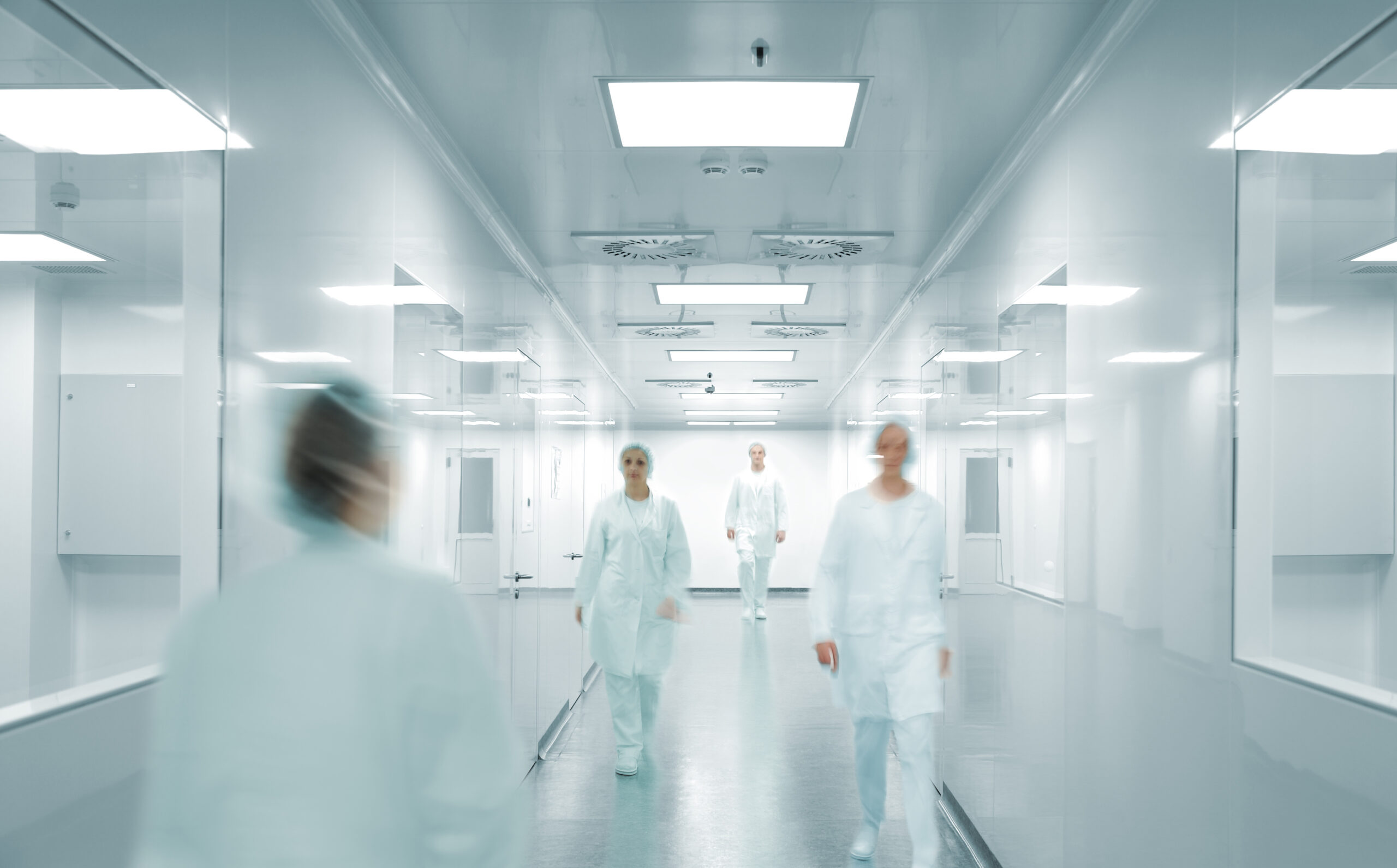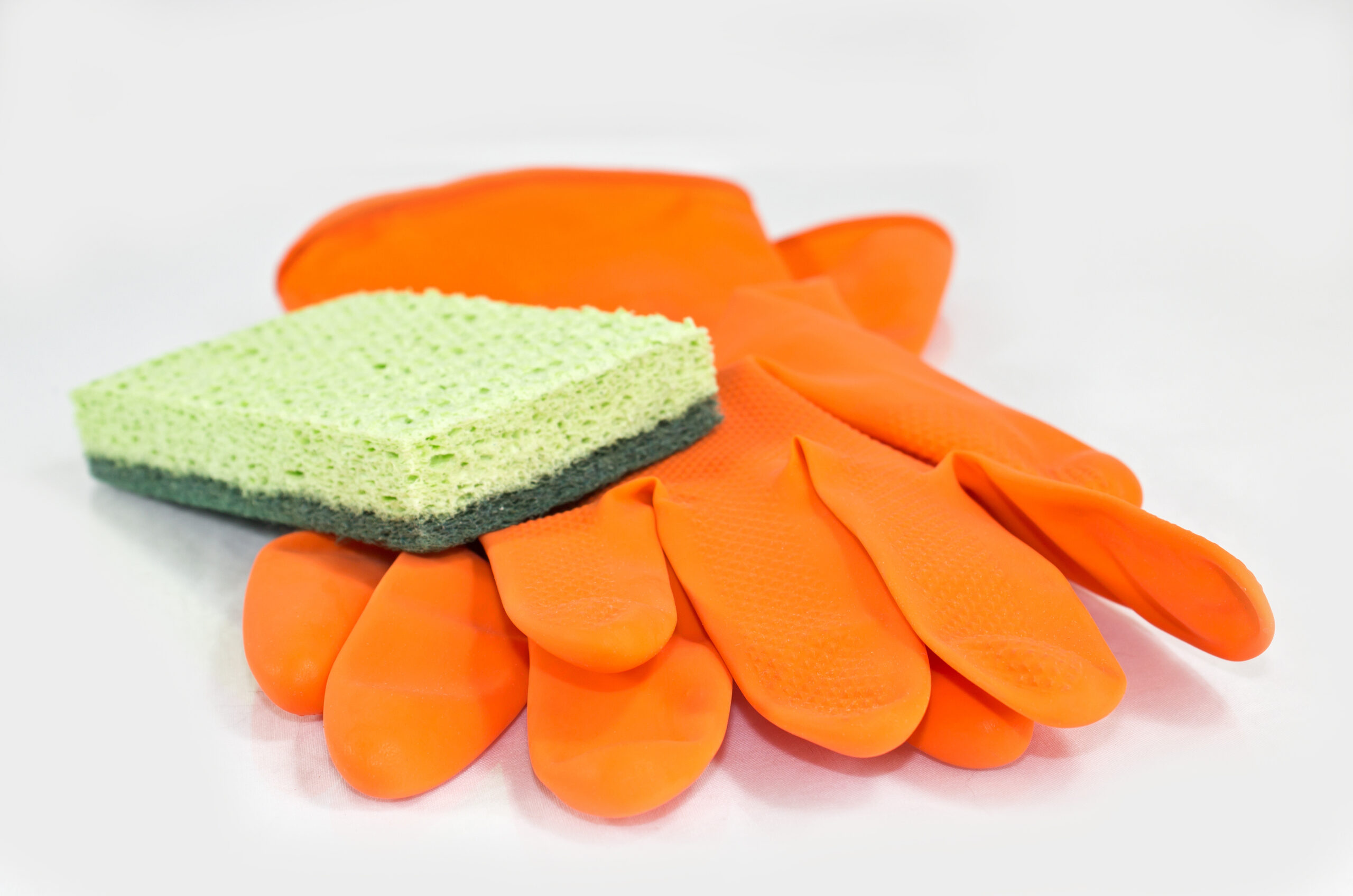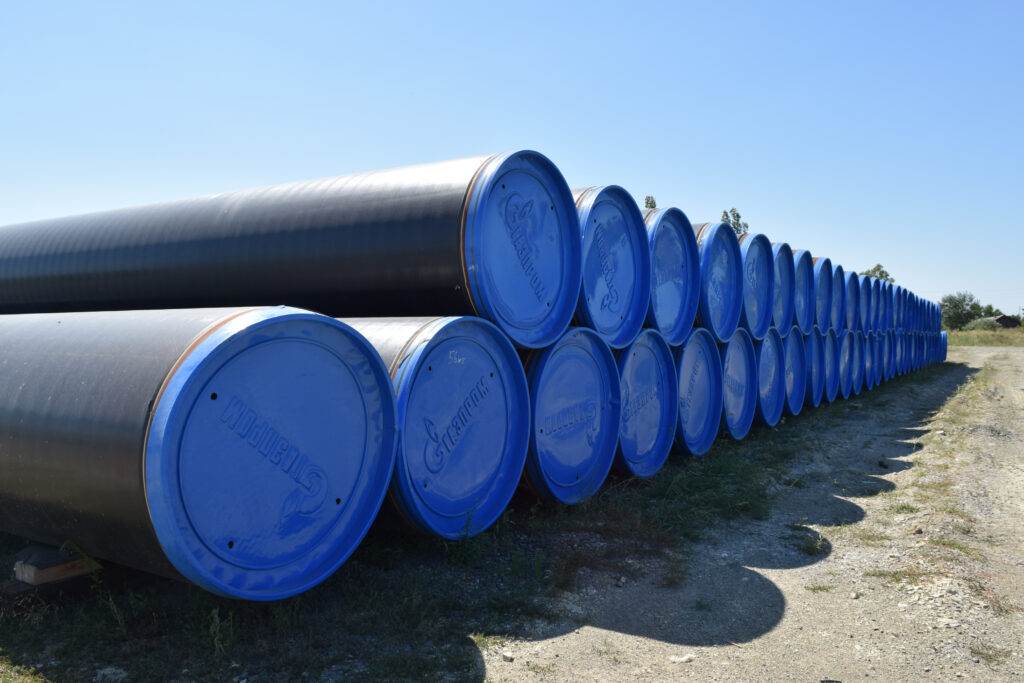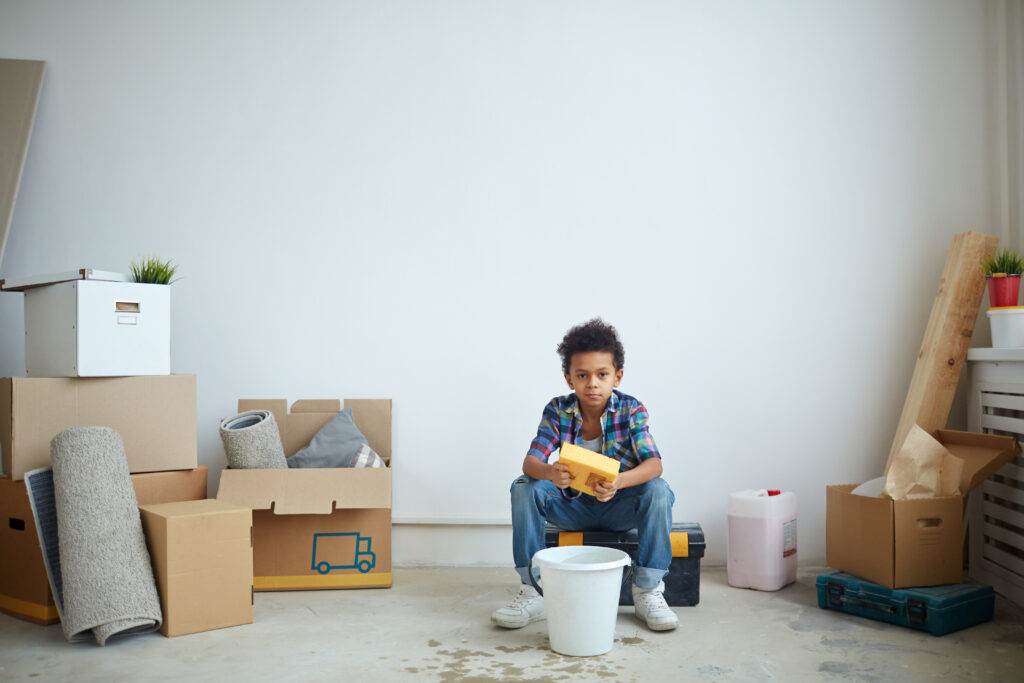Disinfecting common office spaces is becoming increasingly important as the world becomes more interconnected. With the COVID-19 pandemic, business owners are realizing that they need to take extra precautions to protect their employees and customers from illnesses. One way to do this is by implementing a disinfection and deep commercial cleaning program in your workplace. In this article, we will discuss what disinfection and deep commercial cleaning entails, why it’s so crucial for businesses, and how you can implement an effective sanitization plan.
Introduction to Disinfection & Deep Commercial Cleaning
Disinfection refers to the process of killing or removing pathogens such as viruses, bacteria, fungi, and parasites from surfaces or objects. It involves using chemical agents like bleach, hydrogen peroxide, or quaternary ammonium compounds (QUATS) to eliminate these microorganisms. On the other hand, deep commercial cleaning goes beyond surface-level cleaning and includes thorough cleaning and maintenance of all hard-to-reach areas, including air ducts, carpets, upholstery, and HVAC systems. By combining both practices, businesses can create a safer environment for their staff and clients.
Common Areas of Concern in the Workplace
There are several areas within the workplace where germs tend to thrive. These include restrooms, break rooms, conference rooms, elevators, and reception areas. Restrooms are particularly problematic because people often touch contaminated surfaces without washing their hands afterwards. Break rooms also pose a risk since food can be left out for extended periods, attracting pests and creating opportunities for cross-contamination. Conference rooms may harbor respiratory droplets from sick colleagues who have used them recently. Elevators and reception areas are high-traffic zones that require frequent sanitization to prevent the spread of germs.

The Importance of Regular Sanitization
Regular sanitization helps reduce the risk of illness transmission in the workplace. According to the Centers for Disease Control and Prevention (CDC), regular cleaning and disinfecting of frequently touched surfaces can help slow the spread of influenza and other respiratory diseases. Additionally, sanitized environments can improve employee productivity and attendance rates while reducing healthcare costs associated with absenteeism.
Methods and Techniques for Effective Disinfecting
Effective disinfecting requires proper training, equipment, and techniques. The first step is to identify which surfaces need to be sanitized regularly. This could include door knobs, countertops, keyboards, phones, and other commonly touched items. Next, choose the right disinfectant based on the type of surface being cleaned and the level of contamination. Some products may contain QUATS, chlorine, or hydrogen peroxide, among others. Follow the manufacturer’s instructions carefully when applying the solution, making sure to cover all surfaces thoroughly. Finally, allow enough time for the disinfectant to dry completely before anyone uses the space again.
Case Studies: Successful Disinfection Campaigns
Many companies have implemented successful disinfection campaigns to protect their employees and customers from illnesses. For example, one hospital reduced its rate of Clostridioides difficile infections by 50% after implementing a comprehensive cleaning and disinfecting program. Another company reported a significant reduction in absenteeism rates following the implementation of a similar program.

Conclusion and Call-to-Action
In conclusion, implementing a disinfection and deep commercial cleaning program is essential for businesses looking to protect their employees and customers from illnesses. By identifying high-risk areas, choosing the right disinfectants, and following proper application techniques, businesses can create a safer and healthier environment for everyone. We encourage you to take action today by assessing your current cleaning protocols and implementing changes if necessary.


